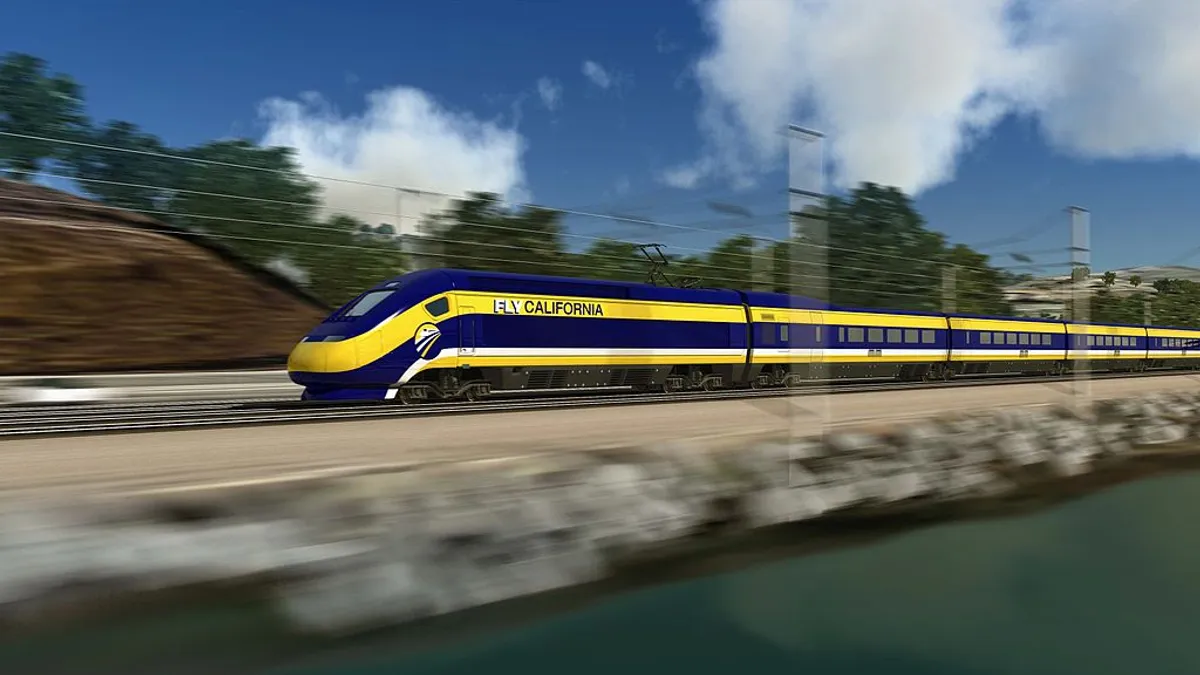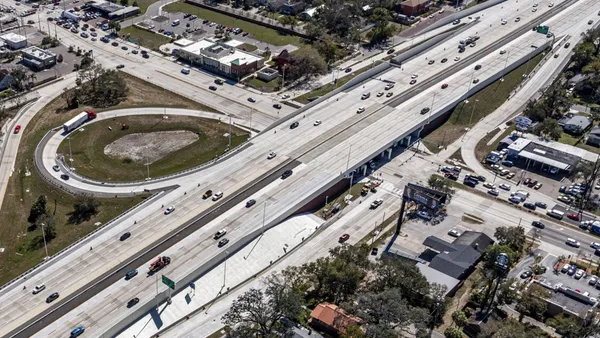Dive Brief:
- The California High-Speed Rail Authority’s decision to move forward sooner with the start of construction of the Central Valley high-speed rail system despite knowing the risks, along with ongoing contract management issues, have contributed to costs skyrocketing billions beyond anticipated, according to an audit report from California State Auditor Elaine M. Howle. In a letter to the governor and state legislative leaders, Howle concludes that the authority “cannot demonstrate that the large amounts it has spent on its contracts have been necessary or appropriate.”
- When the authority began construction in October 2013, it had not secured sufficient land or determined how it would relocate utility systems, and it failed to obtain agreements with external stakeholders. That all contributed to $600 million in cost overruns for three Central Valley projects, as well as an additional $1.6 billion needed to complete the projects. The authority offset some cost overruns by planning to share existing rail infrastructure where possible.
- The authority claims a 2010 federal grant that required construction to be complete by 2017 as its primary driver for the early start. The audit, however, determined that unless the Central Valley construction progresses twice as fast as it has to date, the authority might miss the December 2022 extended deadline. Should that happen, the state might have to pay back up to $3.5 billion in federal funds, the report states.
Dive Insight:
Earlier this year in its draft annual business plan, the California High-Speed Rail Authority estimated the first phase would not open until 2029 and that costs had risen from an estimated $67 billion to $77.3 billion. The full system, scheduled to be operational in 2033, could end up costing more than $98 billion. That end date estimate, however, depends on if the authority can secure full funding to close the $40 billion gap.
Despite its delays and funding woes, the rail continues to expand. In October the authority’s board of directors voted unanimously to further advance the line to Bakersfield, California, saying in a press release that it would “spur new economic activities and development in the region and tie the Central Valley to Northern and Southern California like never before.”
The Federal Railroad Administration must issue a Final Supplemental Environmental Impact Statement under the National Environmental Policy Act before the project can progress to a construction phase, though.
The ongoing delays also are impacting the bottom line for the contractors involved. Tutor Perini Corp., for example, reported declines in its Q3 revenue and income, attributing the declines, in part, to delays on projects, including the California high-speed rail.













